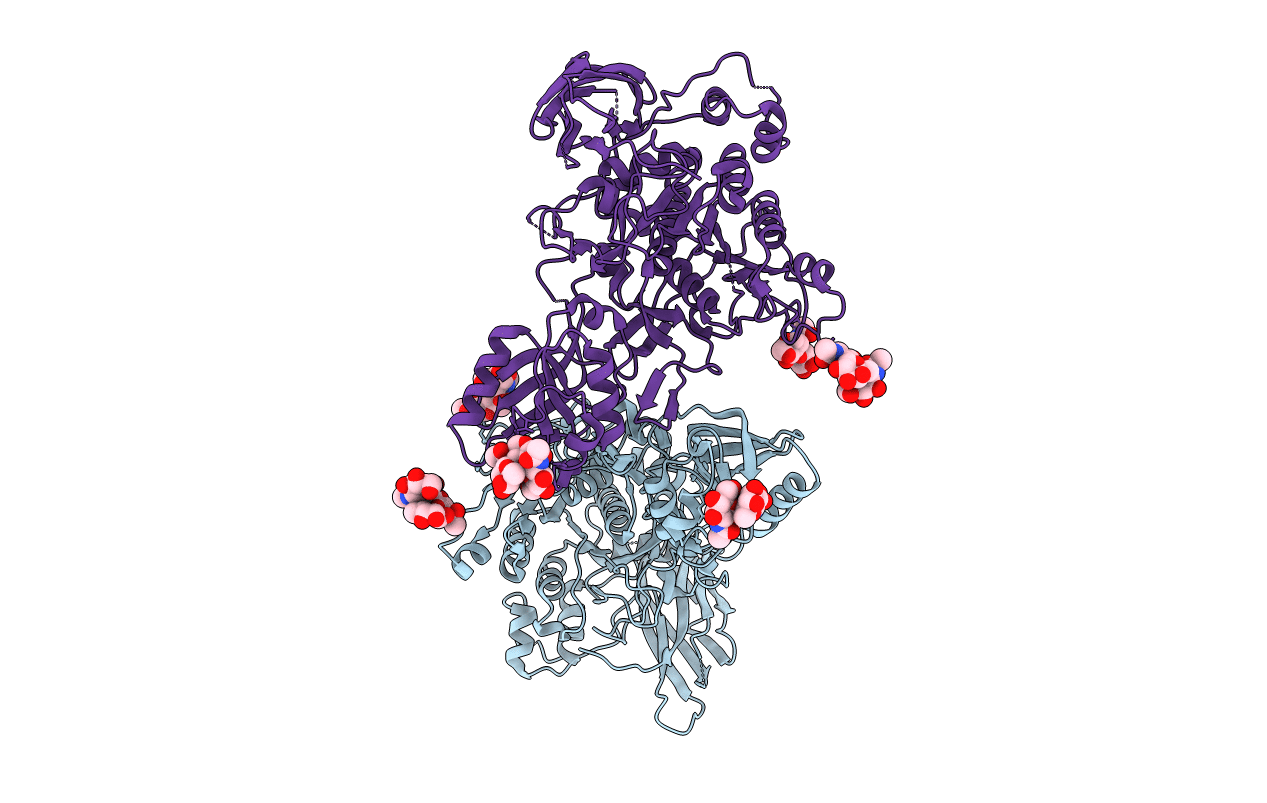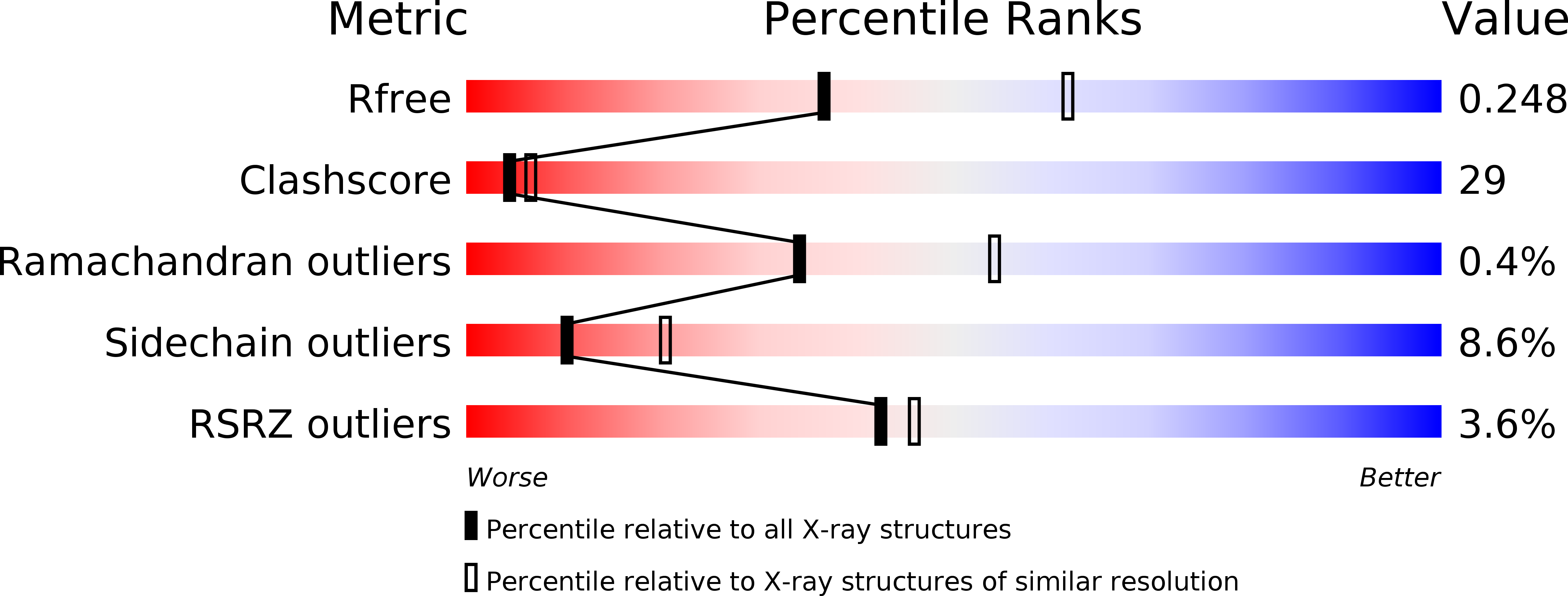
Deposition Date
2009-07-07
Release Date
2010-01-19
Last Version Date
2024-10-30
Entry Detail
PDB ID:
3I6S
Keywords:
Title:
Crystal Structure of the plant subtilisin-like protease SBT3
Biological Source:
Source Organism:
Solanum lycopersicum (Taxon ID: 4081)
Method Details:
Experimental Method:
Resolution:
2.50 Å
R-Value Free:
0.28
R-Value Work:
0.24
R-Value Observed:
0.25
Space Group:
P 43 21 2


